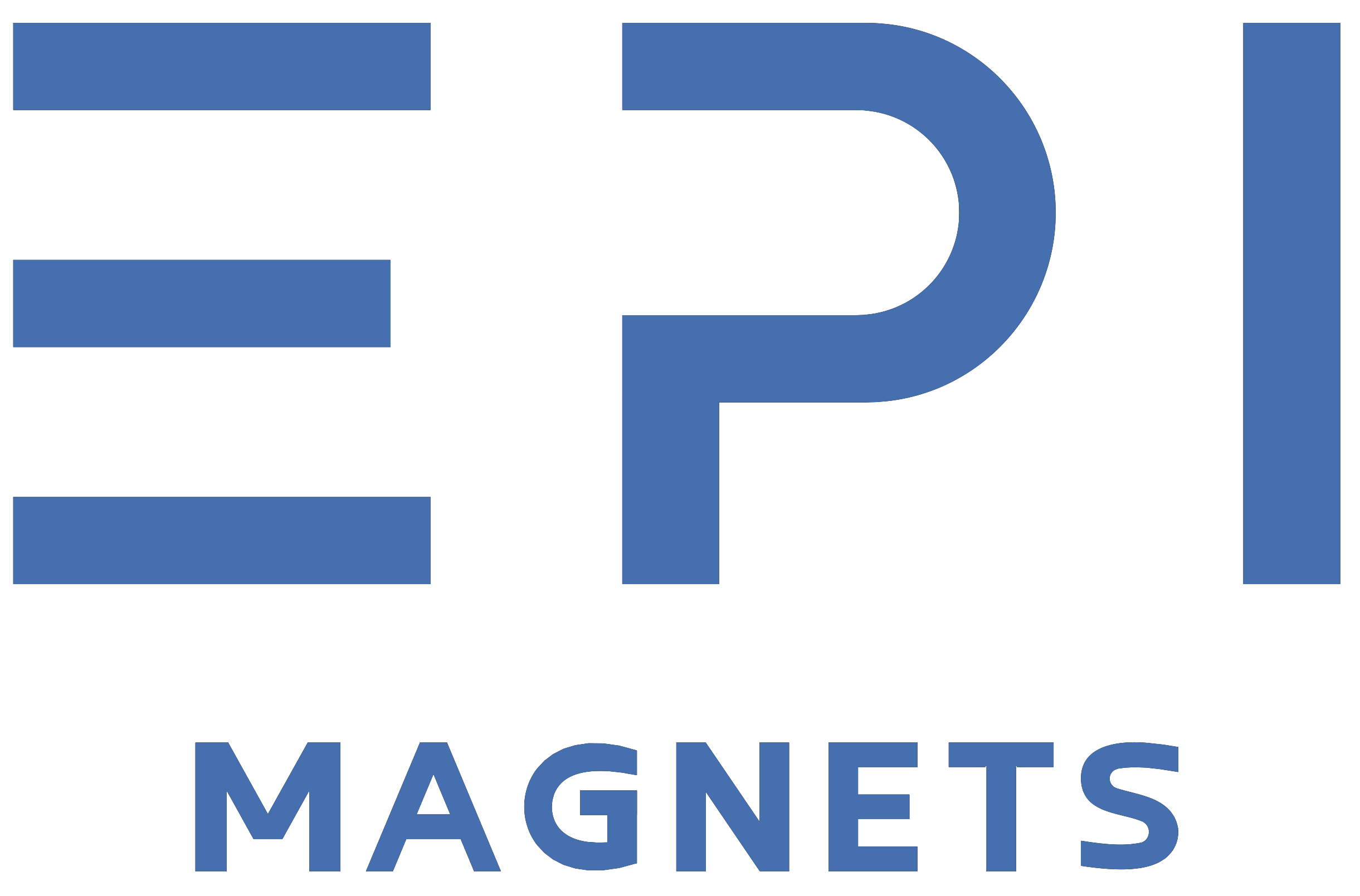Exploring Curie Temperature and Operating Temperatures of Magnetic Materials
Introduction The essence of magnetism in all materials originates from the atomic level, where atoms, composed of nuclei and electrons, exhibit magnetic moments. These moments are a result of the electrons’ orbital motion around the nucleus, which creates an orbital magnetic moment, and the intrinsic spin of the electrons, which produces a spin magnetic moment. It is the magnetic moments of electrons that are the primary source of magnetism in materials. One critical aspect of magnetic materials is their behavior
